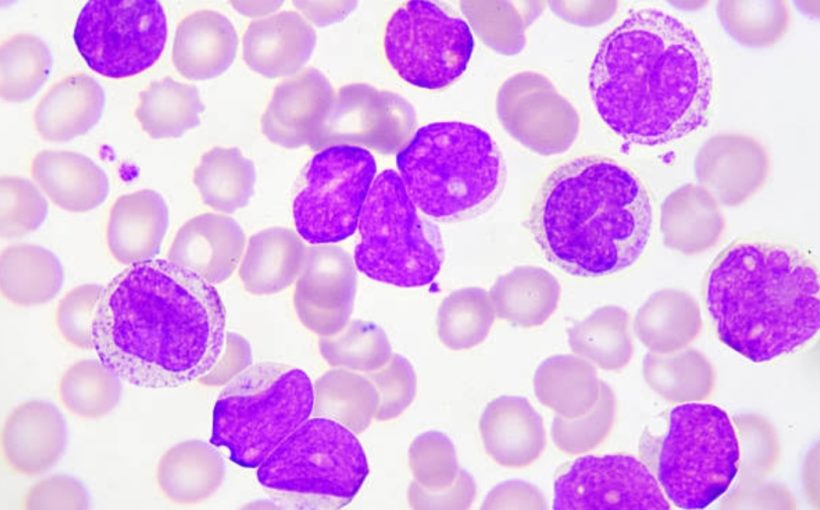A molecular process involved in the action of anti-leukemia drugs has been discovered at Université de Montréal’s Institute for Research in Immunology and Cancer (IRIC). While calling into question a central tenet of oncology, this discovery, published today in the journal Cancer Cell, also holds promise for the development of effective treatments in the near future.
A cancer that originates in blood stem cells, AML strikes over 2,000 Canadians a year and is the most lethal form of leukemia. Even after chemotherapy and bone marrow transplants, life expectancy is less than three years in individuals with certain genetic profiles.5,000 drugs testedBefore discovering new avenues for treatment, Dr. Sauvageau and his team first faced the enormous task of identifying the genes associated with myeloid leukemia.
Working together with researchers at the Quebec Leukemia Cell Bank, particularly its director Josée Hébert, also a professor in UdeM’s Faculty of Medicine, they were able to sequence the genetic profiles of nearly 700 patients with acute myeloid leukemia. They then tested the effects of approximately 5,000 drugs on the various forms of myeloid leukemia affecting these patients, whose cells were grown in vitro.”It’s important to understand that both myeloid leukemia and lymphocytic leukemia are a combination of approximately twenty different genetic diseases,” explained Sauvageau. “What we call ‘leukemia’ is actually the group of symptoms caused by these diseases.
We thus had to test these 5,000 drugs on several AML subtypes in order to link each drug’s effect to specific genes.”The drugs tested are not used specifically to treat leukemia, but rather are representative of the range of pharmaceutical treatments used to treat human diseases. Their effects were tested both on the cells of mice carrying the gene for acute myeloid leukemia and on human cells. A table comparing the effect of each drug on each AML subtype provided insight, through the genetic sequencing that revealed similarities in anomalies between the different types of AML, into why certain drugs act on certain AML subtypes and not on others.


